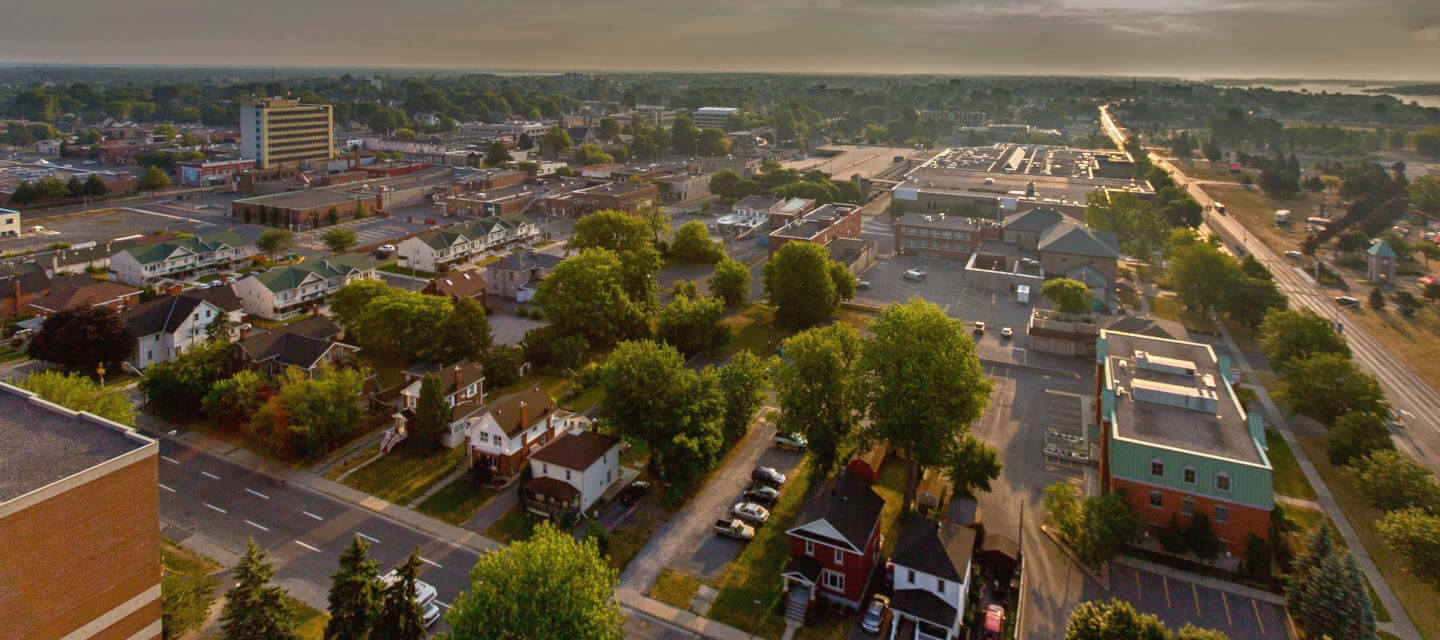What is the Summer Solstice?
In the Northern Hemisphere, this is the longest day of the year, and it is traditionally known as the beginning of summer.
Is this the hottest day of the year?
No. Earth is at its farthest from the sun. While many believe this day is the hottest of the year due to the sun being directly overhead, it is not the case. The warmest days actually come a few days after the summer solstice. It takes a while for the atmosphere to warm up. It’s similar to the fact that the hottest time of the day is mid afternoon even though the Sun is the highest at mid-day.
Does the sun stand still?
Solstice derives from the Latin term sol, meaning “sun”, and sistere, meaning “to stand still.” For several days before and after each solstice, the sun appears to stand still in the sky.
After the solstice, the days stop growing longer and will soon begin to shorten again in time for winter.
 Stonehenge
Stonehenge
Thousands of people gather at Stonehenge to celebrate the summer solstice every year (as well as the winter solstice). Stonehenge, located in Wiltshire, England, was built in three phases between 3,000 B.C. and 1,600 B.C.
While the exact purpose of Stonehenge remains under study, it is known that the monument correlates with the sun’s movement. On the morning of the summer solstice, the rising sun aligns behind one of the main stones, creating the illusion that the sun is balancing on the stone.
Fun Fact: Stonehenge was closed for 16 years to the public after a riot during a solstice gathering. It was re-opened to the public in 2000.
How different cultures celebrate…
-In Ancient Greece, the summer solstice marked the start of the New Year as well as the one-month countdown to the opening of the Olympic Games.
-In Ancient Rome, a religious festival named Vestalia in honour of Vesta, the goddess of the hearth was celebrated in the days leading up to the summer solstice.
-In Ancient China, the summer solstice was associated with “yin,” the feminine force.
–Vikings would discuss legal matters and resolve disputes around the time of the summer solstice.
-Ancient pagans welcomed Midsummer (Summer Solstice) with bonfires, which they believed would boost the sun’s energy for a good harvest.
 Bonfires were also associated with magic which was thought to be strongest during the summer solstice.
Bonfires were also associated with magic which was thought to be strongest during the summer solstice.- The ashes from a Midsummer bonfire would protect someone from misfortune and bring a bountiful harvest.
- Evil spirits would appear on the summer solstice, and people would wear protective garlands of herbs and flowers to ward off these evil spirits.
How you should celebrate the summer solstice in Cornwall
- Tai Chi in the park
- Early risers can greet the sunrise with Tai Chi in Lamoureux Park. Click here for more information.
 Learn about indigenous culture
Learn about indigenous culture
- Native North American Travelling College celebrates National Indigenous Peoples Day. Enjoy a traditional lunch, songs, stories and dance. Click here for more information
- Celebrate your evening in the park
- Have a picnic, take a guided nature walk and enjoy a sunset ceremony. Click here for more information.
- Take a walk
- Join the Transition Cornwall+ Tree Action Arbre group as they celebrate Walk and Roll Month with a Summer Solstice Walk through the Eco Garden in Lamoureux Park. Click here for more information.
- Art Walk
- This new monthly event will see artists display their art on easels in windows and on the walls of local businesses for one night each month. Click here for more information.
- By Land & By Sea
- Caribbean by Cornwall presents an exciting haitian culinary fare, By Land & By Sea, consisting of a 4 course meal. Click here for more information.
Additional Events
Looking for other fun things to do in Cornwall? Make sure to check out our Events page for info on upcoming events in the area!
Additional Information
Planning a visit to Cornwall? Cornwall Tourism can help. Email us at info@staging.banfield.agency to request a copy of our Visitor Guide or contact us at (613) 936-0842. You can also stop by our Visitor Information Centre inside the Cornwall Community Museum (160 Water Street West) in Lamoureux Park.
Follow Cornwall Tourism on Facebook
Follow Cornwall Tourism on Twitter
Article by Sophie Poirier
www.CornwallTourism.com




